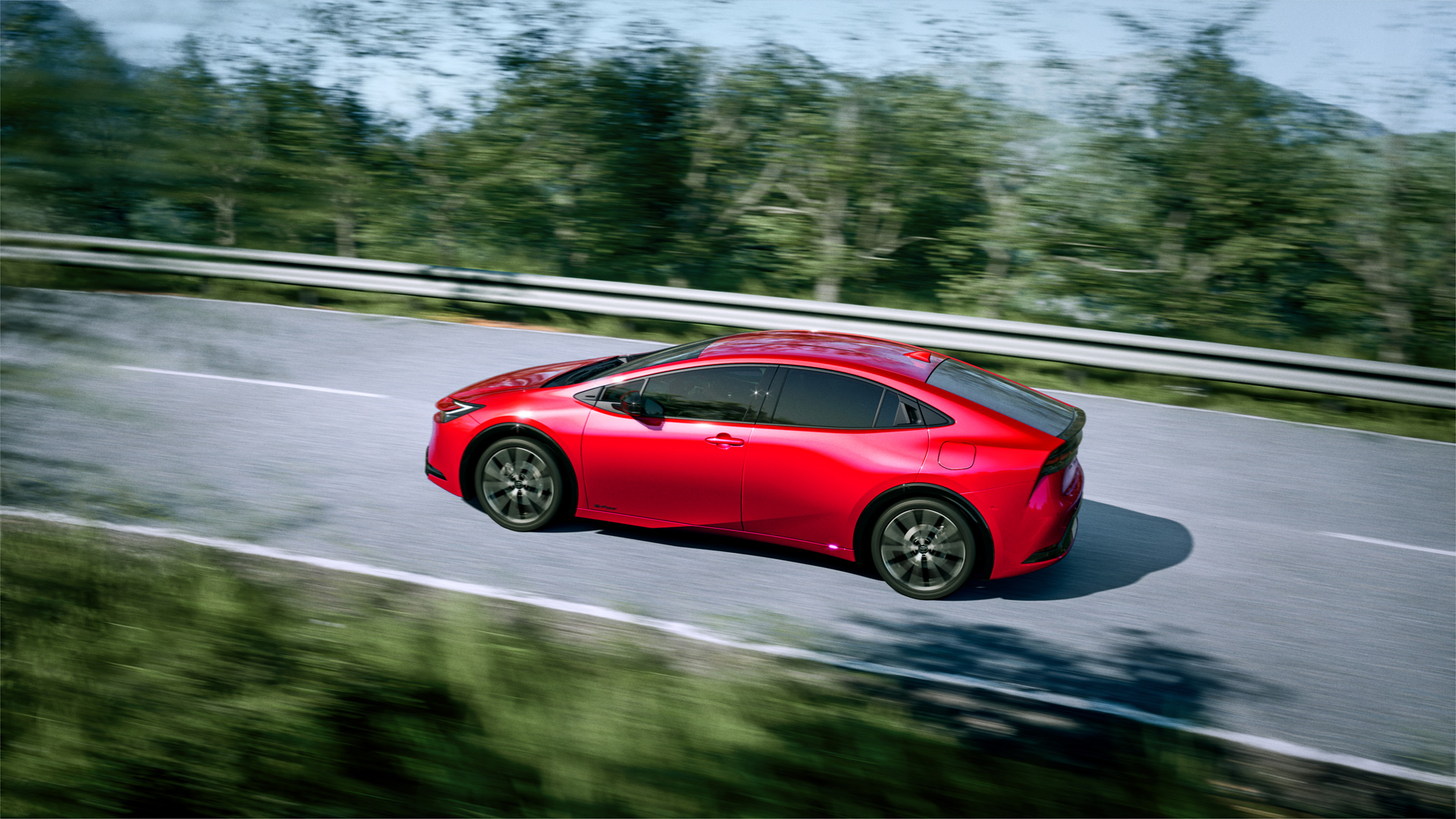The brand's first hybrid got new safety systems and a sportier design


By Redação AutoIndústria | Translated by Jorge Meditsch
Forget the spaceship style and think of a car with a sporty profile. This is the transformation the Prius – Toyota’s first, long-lasting, bestseller hybrid – underwent. Its fifth generation arrived at the brand’s dealerships in Japan this week with a design that should please the customers much more. Importation by Brazil shall begin this year.
Launched in the distant year of 1997, the Prius wants to keep boasting the title of world’s best-selling hybrid vehicle. To achieve this, Toyota incorporated into the model, made on the well-known TNGA platform – the basis of the Corolla – a design closer to common sense and diverse technological novelties.
The model is already offered as a conventional hybrid (HEV), and a plug-in version will be available in March.
For the Japanese market, the manufacturer offers, depending on the version, a power train including a 2-liter or 1.8-liter combustion engine associated with a 160 cv electric motor.
According to the manufacturer, the 13.6 kWh lithium-ion batteries under the rear seat provide 50% more autonomy in full-electric mode, 95 km. The combined range is estimated by Toyota as 1,250 km, with the help of energy generated by a roof photovoltaic panel.
Inside, the dashboard follows the worldwide trend of electric cars: clean, with few details and highlighting the instrument cluster and the 12.3-inch multimedia screen.
Among other resources, the hybrid has adaptive cruise control, automatic emergency braking, lane-keeping system and can park by itself, commanded by the driver out of the car using the key fob.
Photo: Toyota
A partir de kits CKD, serão fabricados três modelos: X-Cape 650cc, Seiemezzo 650cc e Calibro…
Gáston Diaz Perez, CEO e presidente na América Latina, revela faturamento de R$ 10,8 bilhões…
Executivo será responsável pela Divisão Mercado Industrial
A primeira rodada de avaliação contará com 27 modelos, um de cada montadora. Entre eles,…
"Trabalhamos em diversas frentes para tornar a empresa cada vez mais forte e resiliente”, diz…
Ritmo das atividades acompanha momento positivo do mercado, que cresceu 77% no período